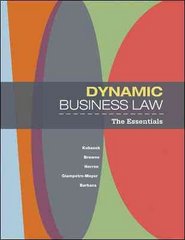Homework Assignment # 2
Consider a government with preferences represented by the loss function L= n' + au where it is the inflation rate, u is the unemployment rate, and a is a positive con- stant indicating the strength of the government's preference for low and stable unemployment relative to low and stable inflation. The expectations-augmented Phillips curve linking inflation and unemployment is: U = Un - b(7 - n') where * denotes inflation expectations, u, is the natural rate of unemployment, and b is a positive constant. Expectations of inflation are assumed to be rational. Assume that monetary policy is able to control the inflation rate it directly. Suppose initially that the government chooses a monetary policy without being restricted by any past commitments (the government acts with discretion). This means inflation expectations ne are taken as given when monetary policy is cho- sen. (a) [3 marks] Derive the first-order condition for the inflation rate n that mini- mizes the loss function subject to the Phillips curve for given me. As expectations are formed rationally, everyone anticipates the actions of the cen- tral bank determined in part (a). (b) [3 marks] Find the equilibrium unemployment and inflation rates in terms of a, b, and Un- (c) [4 marks] Suppose political pressure forces the government to shift its focus away from inflation towards unemployment. Interpreting this as an increase in a in the loss function, what are the effects on the equilibrium values of u and ? Explain your findings with reference to the policy ineffectiveness proposition. The government announces it will follow a rule that strictly targets inflation . (d) [4 marks] Assuming that everyone believes the rule will be followed, find the optimal rule for the inflation rate that minimizes the loss function. What is the equilibrium unemployment rate when the government follows the rule? (e) [6 marks] Once everyone chooses inflation expectations consistent with your answer to part (d), suppose the government is now free to choose inflation taking * as given as it did in part (a). Solve for the resulting values of u and 7. By comparing your answer to part (d), explain why the optimal rule for inflation is time inconsistent







